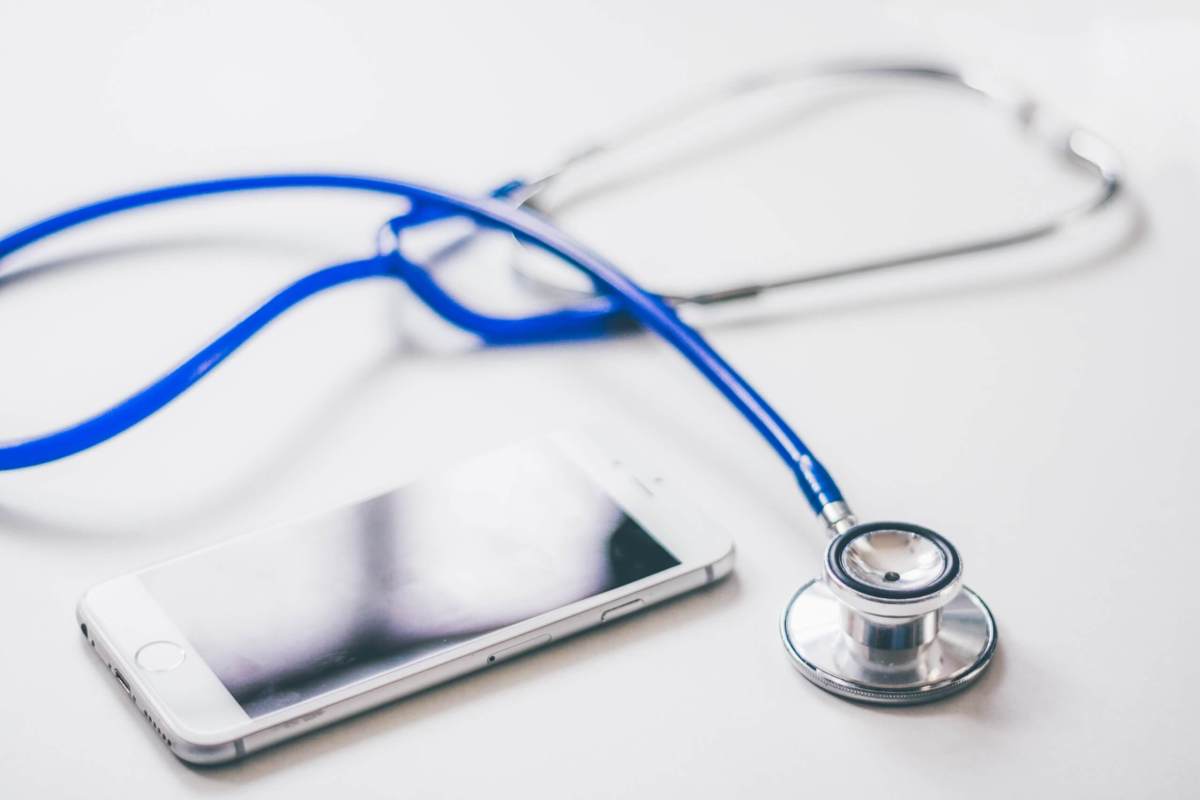A new program spearheaded by two Midwood doctors allows people suffering from COVID-19 symptoms to monitor their own vitals from home and call a doctor at any time should their condition worsen.
“We’re providing a hospital bed without contaminating more people,” said Dr. Murray Werzberger, an internist who began the program in early March.
Dr. Werzberger and his team evaluate the symptoms of people who believe they have COVID-19 over the phone, and deliver several items to patients who may have the virus: a pulse oximeter, which measures the patient’s oxygen levels; a thermometer; and a selection of medicines including Tylenol, Motrin, and over-the-counter breathing medications.
Patients send photos of their oxygen levels to the doctor twice a day — or more, should their levels drop. A significant drop in oxygen signals that the virus has entered the lungs, a development that often causes no outward symptoms, but can become life-threatening if left untreated.
“If the numbers fall significantly, it came into an area where there was a decision to be made,” Dr. Werzberger said.
Patients that report falling oxygen levels receive a “video visit” from a Dr. Werzberger and Dr. Chaim Bernstein, a pulmonary specialist and the director of the ICU at Mount Sinai Beth Israel-Kings Highway Division. The two doctors speak to the patients about their symptoms, conduct a pulmonary stress test to determine the severity of the oxygen levels, and send oxygen pumps to their home. If the oxygen levels continue dropping, the doctors advise the patients to go to the hospital to receive higher levels of oxygen.
The procedure follows Mount Sinai Hospital’s protocol without overwhelming the hospital system, Werzberger said.
Moreover, it allows patients to know exactly when a hospital will admit them — since many overburdened medical centers only accept patients if their oxygen levels are below a certain threshold. Werzberger first thought of launching the program after one of his patients was released from the hospital, despite her serious symptoms, because her oxygen levels hovered just above the necessary admission rate of 90-percent.
“There was a real argument behind the scenes of the hospital with what to do with the lady because she had pneumonia and she was clearly sick,” Werzberger said. “That’s where the whole idea of creating the hospital bed at home came from.”
Werzeberger pitched the idea to Bernstein, and the two started the program in mid-March. Since its inception, the doctors and their teams have monitored up to 100 patients at a time during the virus’ peak in early to mid April. Now, the program is only monitoring five patients.
“We went straight seven days a week non-stop with phone calls,” Werzberger said. “We got four to five hours of sleep.”
Only a handful of patients have needed to be transferred to the hospital, and one has died, Werzebeger said. The vast majority, however, suffered mild symptoms and simply needed the comfort of knowing a medical professional was monitoring them, he said.
“The wonderful part of it was that a number of people do not need the hospital, they just needed to know that they were okay,” he said. “It was just a way to help out and get a little creative.”
























